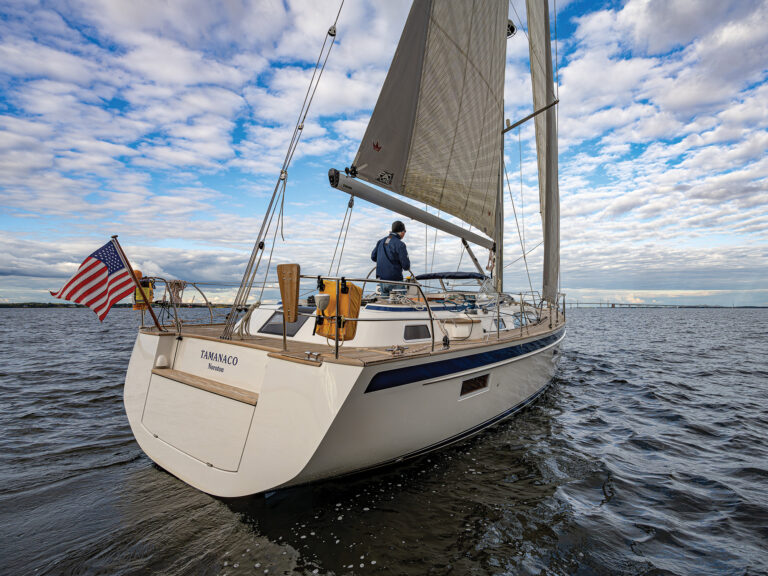A Class A-rated AIS unit broadcasts the following information every two to 10 seconds while underway, and every three minutes while at anchor:
Maritime Mobile Service Identification number. The MMSI number is important because you can plug the number into your DSC-capable VHF and call the ship directly.
Navigation status (as defined by the COLREGS – not only “at anchor” and “under way using engine” but “not under command” as well).
Rate of turn, right or left, up to 720 degrees per minute.
Speed over ground, in tenth of a knot resolution, from zero to 102 knots.
Position accuracy.
Latitde and longitude to 1/10000 minute.
Course over ground: relative to true north to 1/10th degree (note the use of true north).
True heading, zero to 359 degrees, derived from gyro input
Time stamp in UTC, to nearest second that this information was generated.
In addition, these units units broadcast the following information every six minutes:
IMO number, which is a unique identification (related to ship’s construction).
Radio call sign, the international call sign assigned to vessel, often used on voice radio, and perhaps the best way to attract the ship’s attention when hailing it on VHF 16 or 13.
The name of the vessel, almost as important as the IMO number.
Type of ship/cargo (satisfies idle curiosity).
Dimensions of ship, to the nearest meter.
Draft, from one-tenth of a meter to 25.5 meters.
Vessel’s destination.
Estimated time of Arrival its destination, the month, day, hour, and minute in UTC.
Tony Bessinger is Cruising World’s electronics editor.








